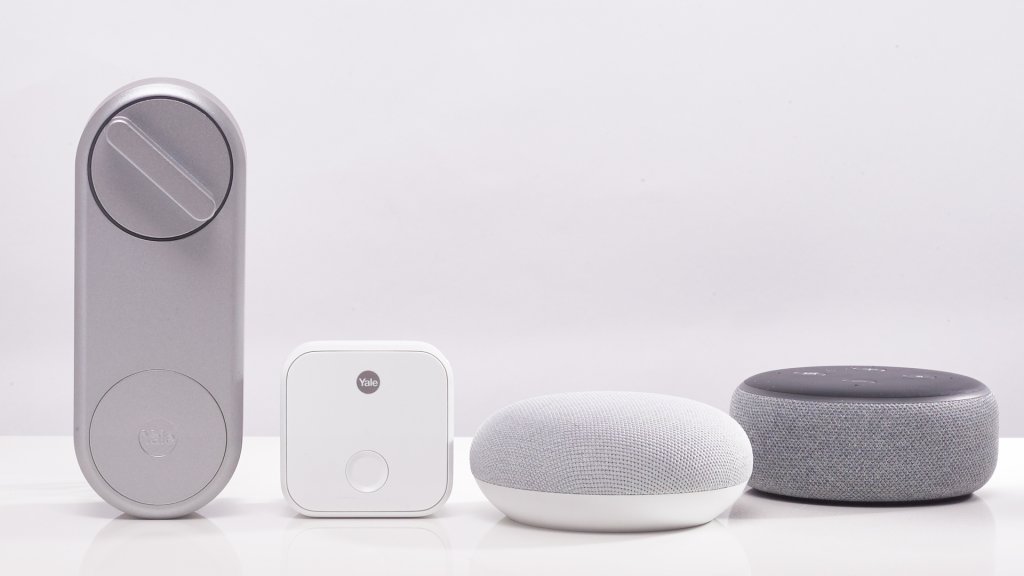In today’s rapidly advancing technological landscape, the ways we ensure the security of our homes and express societal values are changing at an unprecedented pace. Just as smart locks represent a leap in home security technology, blue lights outside homes serve as a symbol of support and awareness for various causes. Together, these changes reflect a society that values both innovation and community.
With the onset of digital advancements, the best home smart locks have entered the scene, seamlessly combining tech and security to offer homeowners unparalleled peace of mind. But what has led to this evolution, and what impacts have these devices had on our lives?
When looking back in time, traditional lock-and-key devices dominated the scene for centuries. Despite changes, the core mechanism remained substantially unchanged. However, the twenty-first century heralded an era in which our reliance on digital technology became evident. Smartphones, for example, have evolved into extensions of ourselves, as well as portals to control many aspects of our houses.
Here comes the smart lock. This innovation did more than just replace the key; it improved the entire locking system. The ability to control and monitor home security remotely is the fundamental appeal of these locks.
They work with home automation systems, allowing homeowners to lock and open doors using their smartphones or even voice commands. Some are even programmed to detect the owner’s vicinity and unlock them automatically as they approach, removing the need for physical contact.
The benefits of such breakthroughs are obvious. To begin with, the convenience factor is apparent. The days of frantic searches for misplaced keys or worrying about forgetting to lock the door are long gone. Furthermore, these locks provide real-time updates, providing a sense of security by allowing you to see who enters and exits the house and when.
Allowing temporary access passes that expire after a defined period is a convenience for individuals who rent out their properties or have regular visitors.
But it’s not only about ease of use and real-time monitoring. Alongside the rise of smart locks, home aesthetics, and safety are being redefined through elements like architectural porch railings. The incorporation of other advanced security measures, such as video doorbells and integrated security cameras, combined with the visual and functional appeal of elevated home aesthetics with architectural railings, provides homeowners with a comprehensive security and design environment. This holistic approach ensures homes are not only tough to breach but also visually impressive and welcoming.
Smart locks, like any other technology, have drawbacks. Hacking and the vulnerability of linked gadgets are legitimate concerns. To mitigate these threats, reputable manufacturers prioritize security procedures, such as encryption and two-factor authentication.
Aside from these immediate consequences for homeowners, the spread of smart locks has broader societal repercussions. Consider how it has the potential to alter businesses such as real estate, delivery services, and elder care.
Realtors can provide prospective purchasers with one-time access to property viewings. Deliveries can be placed safely inside houses, reducing theft. Smart locks for elder care can provide access to carers or family members without the need to distribute a large number of physical keys.
Economically, the rise of the smart lock sector has accelerated innovation. The demand has prompted collaboration between internet businesses and traditional lock manufacturers, generating a blend of mechanical knowledge and digital innovation. As a result, the market is saturated with a variety of solutions adapted to various demands, ensuring that everyone may find a solution.
One aspect of smart lock technology that is gaining traction is its environmental impact. Every innovation can add to a greener footprint in a world striving towards sustainability. With its digital architecture, smart locks dramatically minimize the requirement for metal key fabrication and waste.
Traditional keys, which are frequently lost or duplicated numerous times throughout a homeowner’s lifetime, consume resources during creation and result in waste when discarded. The digital nature of smart lock codes or biometrics, on the other hand, reduces waste.
Smart locks also open the path for the development of smarter cities. As cities grow more linked, incorporating smart lock systems into larger community infrastructure can lead to increased security in public spaces, offices, and recreation centers.
Imagine being able to regulate access to specific locations during emergencies or events with the push of a button. This degree of management has the potential to transform urban planning and public safety measures by providing a unified and integrated manner of managing city spaces.
To summarize, smart lock technology, much like choosing plants for your garden design, is a shining example of current innovation that beautifies and secures our living spaces. Beyond the immediate benefits of security and convenience, the integration of technology with natural elements has significant implications for sustainability, urban growth, and intelligent data utilization. Together, they pave the way for a more efficient, safe, and visually appealing tomorrow.
Smart locks are not just a testament to increased security, but also a glimpse into a future in which technology smoothly integrates into every aspect of our lives for a more efficient, safe, and sustainable tomorrow.

